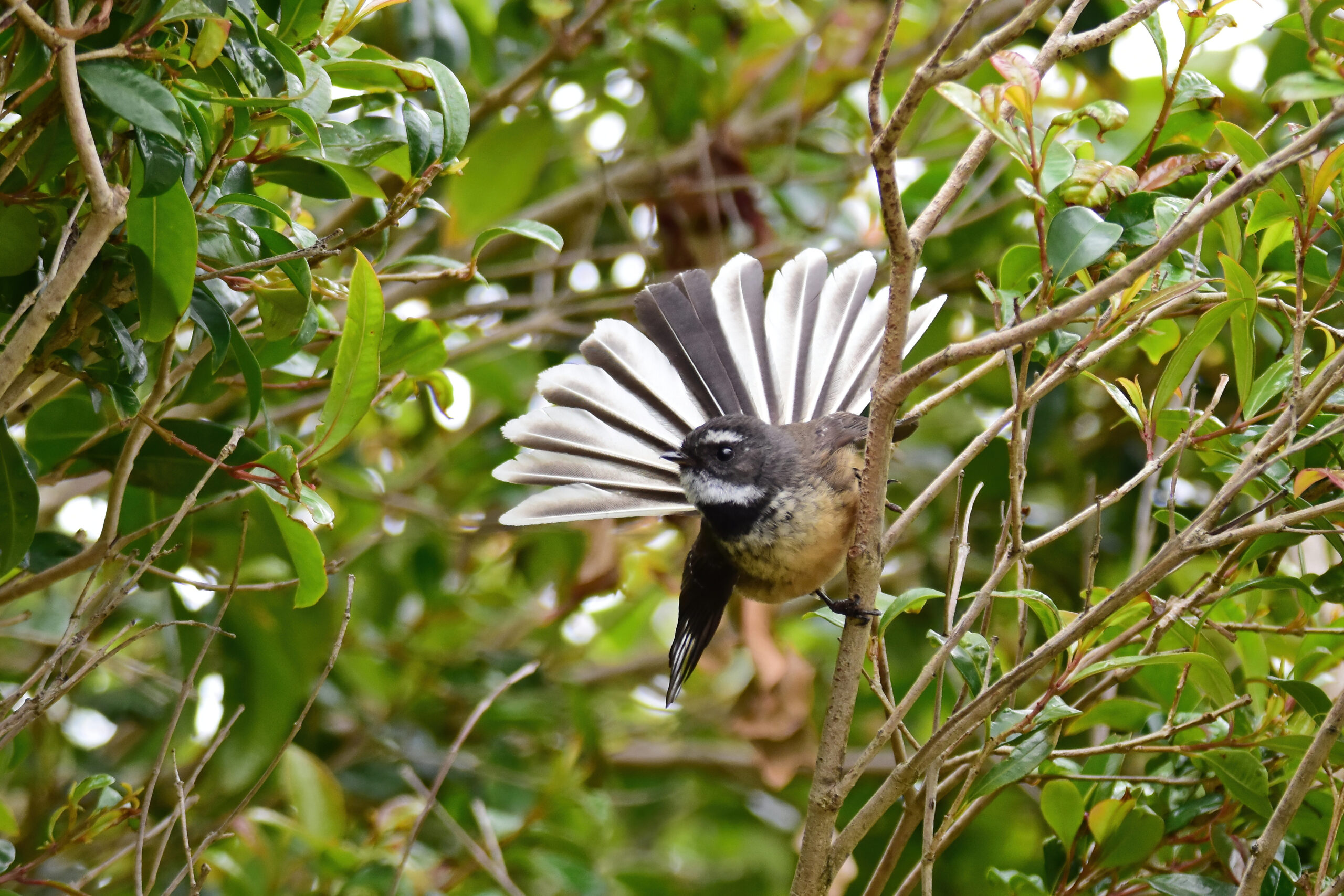How to turn your garden into an earth ally.
It’s easy to feel overwhelmed by all we hear about climate change, and it seems the effects of it are increasingly being felt on our precious planet. Among the negative voices, however, there are a number of people and organisations out there with the goal of educating and empowering others to make a difference in reversing climate change, and who believe this can be done.
Imagine we all made just one or two small changes, the impact would be enormous – people power is a mighty force. By re-engaging rather than shutting down we can choose to take responsibility for the part we play in the health of our planet. Let’s not forget that our earth is wired to thrive. Given an opportunity, it wants to renew and restore itself.
Living systems such as gardens are our allies when it comes to reversing global warming; they draw carbon dioxide out of the air and in turn release oxygen. They are effectively earth’s air-conditioning system, offsetting emissions – not to mention the myriad other benefits they provide, such as producing food, and improving our physical and mental health. Planting gardens and green spaces and shifting garden practices towards regenerative agriculture will have a huge positive impact on the environment, helping to reverse climate change by sequestering carbon out of the atmosphere and putting it back into the soil.
The impact that gardening on a mass scale can have was seen during World War I, when Americans were encouraged to do their part in the war effort by growing their own fruits and vegetables and sending a large amount of the produce to allies in Europe, where there was a food crisis. These “victory gardens” declined after WWI but had a resurgence during World War II, and by 1944 there were nearly 20 million victory gardens across America, producing around eight million tonnes of food. Today, the non-profit group Green America is trying to bring back victory gardens as a way to fight climate change, and thousands are joining the movement.
Making the transition from traditional methods of gardening to more naturalistic methods is an important step if we are going to create more places for carbon to be stored. Traditional gardening methods rely heavily on chemicals, pesticides and fertilisers that destroy the living organisms, such as worms, mould, and fungi, that make up our soil. When they are destroyed, the carbon that is stored in them is released into the atmosphere as emissions.
In contrast, naturalistic methods of gardening work with nature and involve organic practices that support life in the soil. Our soil is the foundation of the food chain, and vital to the health of the planet and our bodies. The nutrients contained in our soils are what keep us alive.
Each of us has the opportunity to use our garden as a force for change.
Here are small changes to make a big difference:
·Grow plants and tend soil This will increase the number of places on our planet where carbon
can be stored.
·Enhance the health of your soil Opt for low-till and no-till methods of gardening and use cover crops and mulching.
·Overthrow, overgrow, or reduce your lawn Mowing your lawn for one hour using a gas-powered lawnmower produces the same amount of emissions as running 11 new cars for an hour. Reduce your lawn and use a rotary push mower. Turf grass requires huge amounts of water to keep it green, a resource we need to conserve.
·Grow your own food It’s estimated that the average distance your food travels before it’s consumed is 2500 kilometres – and this transportation inevitably involves burning fossil fuels. Becoming less dependent on store-bought food will eliminate this while saving on packaging.
·Turn food/yard waste into compost The compost will provide the earth with microorganisms and nutrients. Or feed food scraps to chickens and get eggs in return. It’s estimated that nearly half of all landfill in NZ is compostable material – but once it’s in landfill it produces methane, a greenhouse gas.
·Plant natives Native plants have been evolving since long before we were around and can handle conditions such as drought and extreme temperatures, so require less resources.
·Eat local and seasonal Buy from farmers’ markets or local growers if you aren’t able to grow your own.
·Collect rainwater. Install a rain barrel and use it when needed. You could also consider setting up a greywater system.







